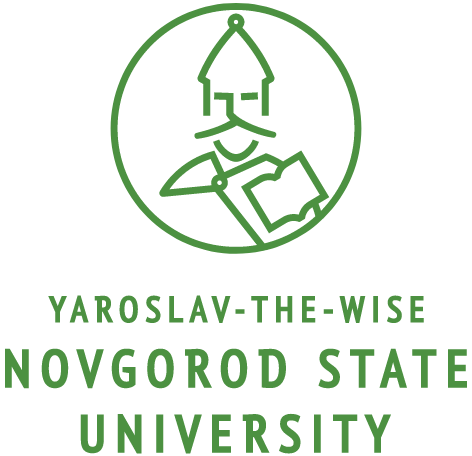The role of phonosemantic correspondences in the formation of the implicatures of a poetic text
DOI:
https://doi.org/10.34680/VERBA-2023-3(8)-23-33Keywords:
poetic text, paronymic attraction, communicative implicatures, implicit information, cognitive poeticsAbstract
The article deals with the processes of formation of implicatures, or inferential knowledge, characteristic of a poetic text, based on phonosemantic connections that underlie paronymic attraction, pun and anagram. The study is based on the material of Russian poetry of the 20th century using the methods of linguistic and cognitive poetics, corpus, intertextual and cultural analysis. The author proceeds from the fact that phonosemantic correlations provide the addressee with a transition from direct perception of poetic reality, represented by the sound matter of linguistic signs, to its comprehension at the surface and deep levels. First, text fragments marked with paronymic attraction are singled out, then the correlations of attractants are subjected to semantic analysis, on the basis of which implicatures are derived that link “general” and “new” world knowledge and language competence. Implicatures are classified in the article according to their function in interpreting the text. The author identifies the implications of actualization (focusing attention on an object or situation and their attributes), semantic inference and indication of the subtext. Particular attention is paid to the implicit paronymic attraction that activates the “sound memory” of the word. The author comes to the conclusion that communicative (logically derived) implicatures in a poetic text are based on conventional ones (conditioned by “world knowledge” and language conventions) and are predetermined by the author of the text – by the created by him semantic, grammatical and pragmatic rules of utterance structuring. Paronymic attraction, highlighting objects in the relevant denotative space of the poetic text, is perceived as an individual nomination of the same “non-standard” denotation with the help of several formally correlated words of the standard language, thereby giving the key to the search for “new” in relation to “immediately given” and “given in context”.
Downloads
Downloads
Published
How to Cite
Issue
Section
License
Copyright (c) 2023 Verba

This work is licensed under a Creative Commons Attribution-NonCommercial 4.0 International License.








